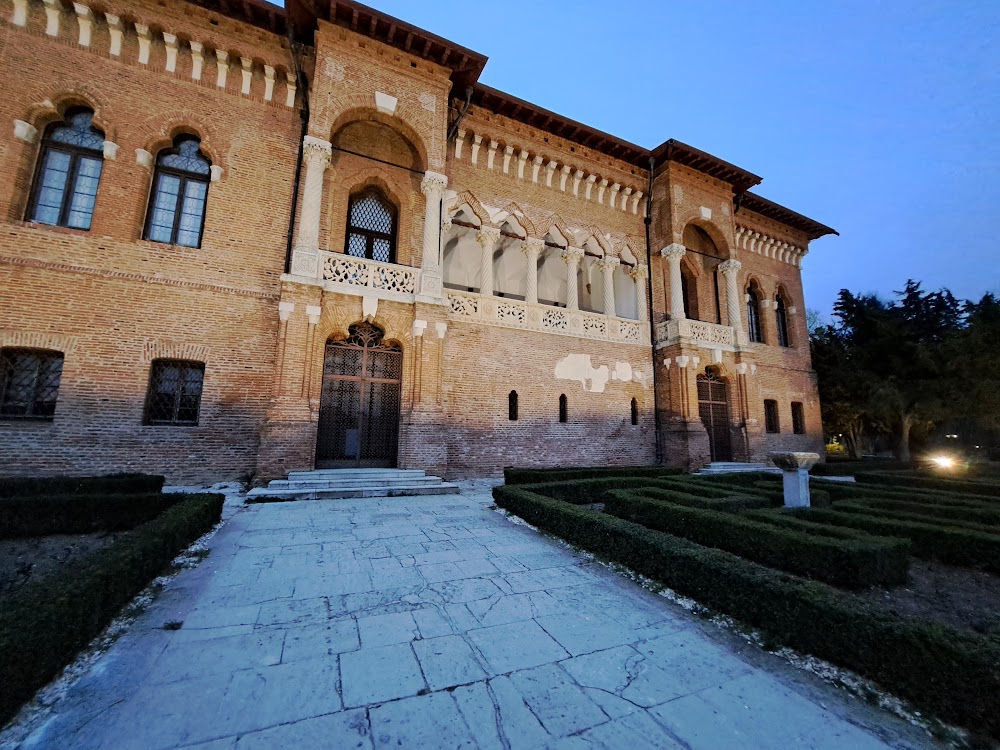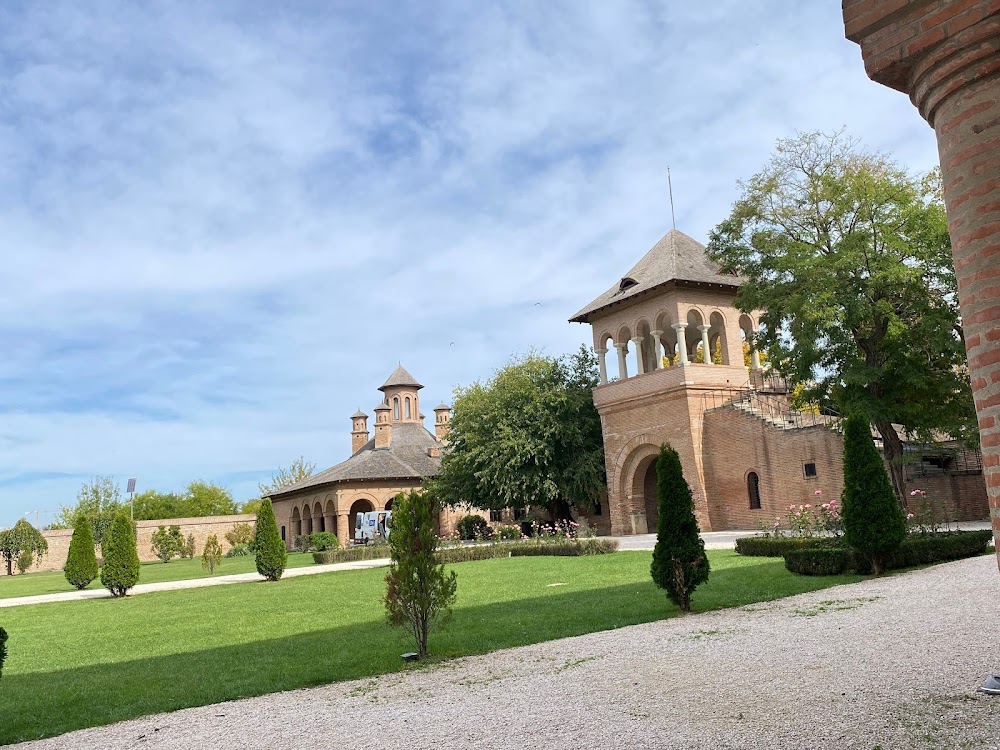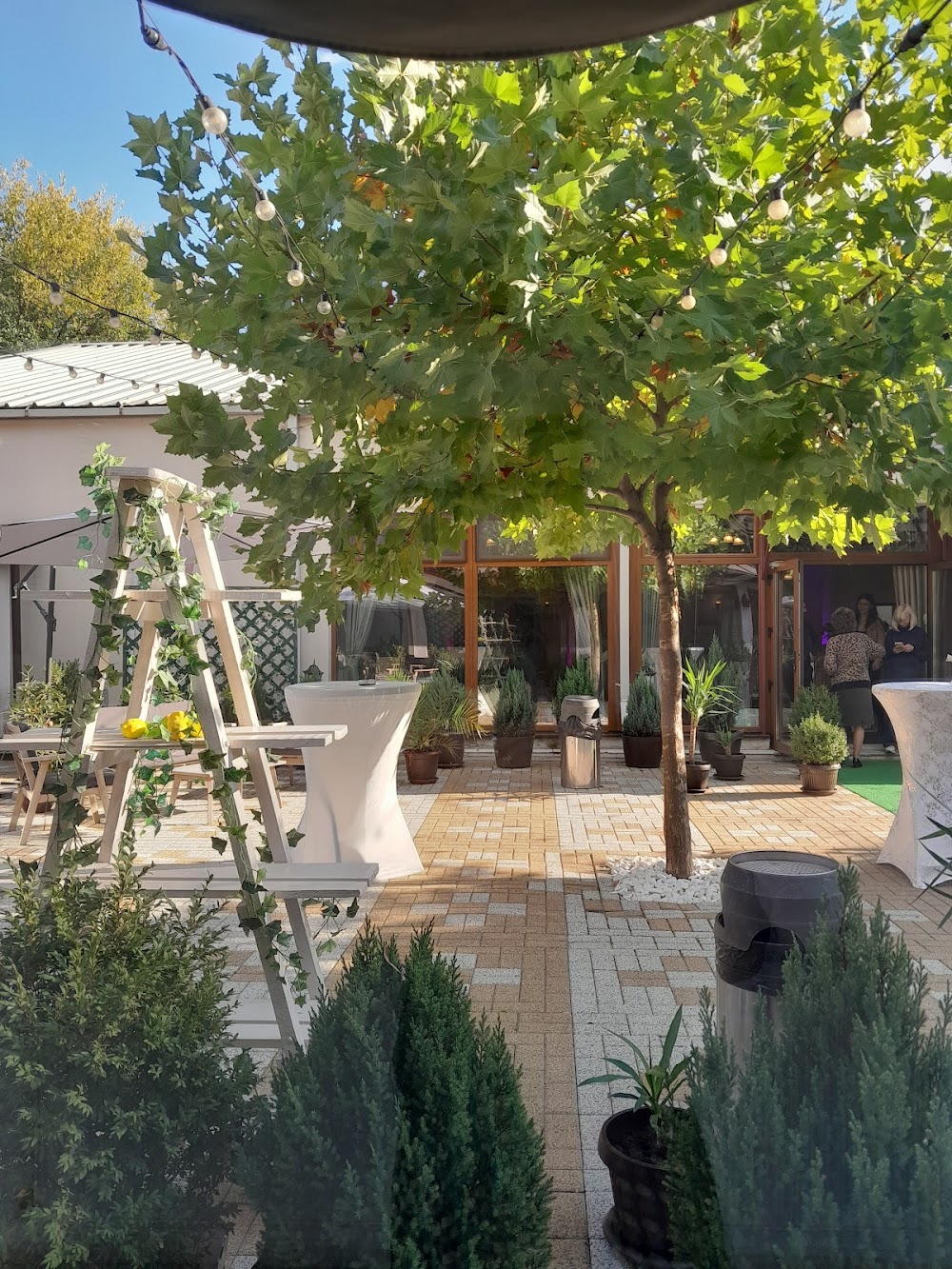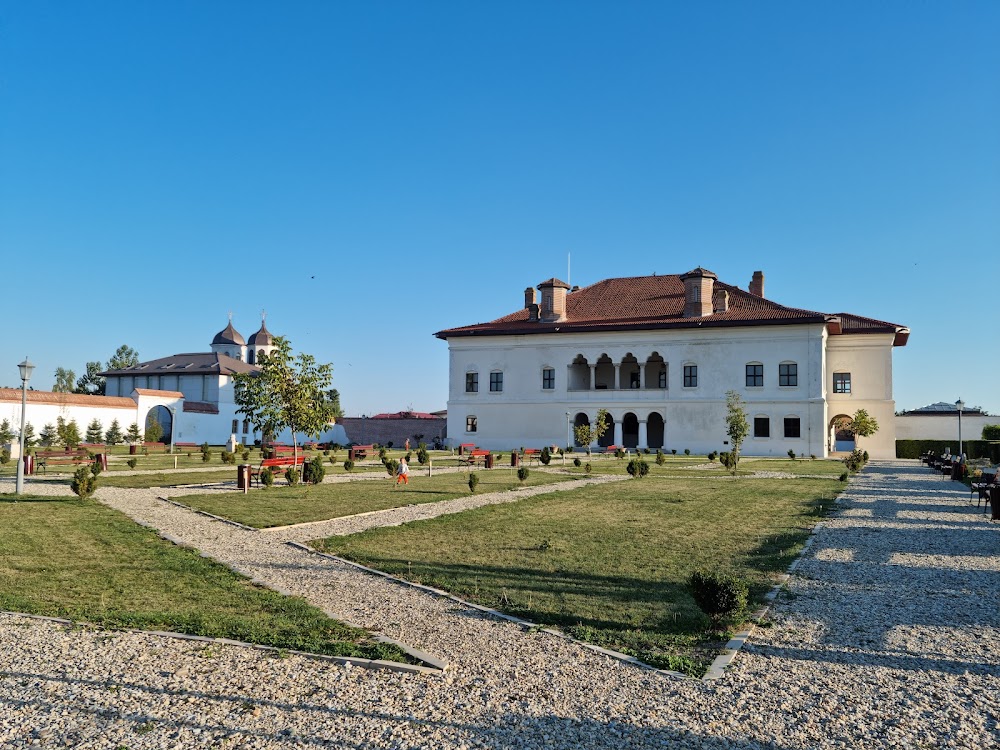Mogoșoaia Palace (Palatul Mogoșoaia)
Overview
Mogoșoaia Palace: A Historical Jewel in Romania
Nestled in Ilfov County, Romania, Mogoșoaia Palace stands as a breathtaking testament to the Brâncovenesc architectural style, which masterfully blends Renaissance and Baroque elements with unique Romanian characteristics. Constructed between 1698 and 1702 by Constantin Brâncoveanu, the ruler of Wallachia, the palace is named after Mogoșoaia, the widow of the nobleman Mogoș, who originally owned the land before it came into Brâncoveanu’s possession.
Architectural Marvel
The palace is primarily built of red brick and stone, adorned with intricate stone carvings, ornamental columns, and elegant arched doorways. Its stunning façade features a loggia complemented by beautiful arcades, reflecting a harmonious blend of Western and Eastern architectural influences. Both the interior and exterior are richly decorated with elaborate floral and geometric motifs, which exemplify the unique Brâncovenesc style.
Serene Gardens
Surrounding the palace are expansive gardens designed in the French Renaissance style, thoughtfully arranged with flowerbeds, winding paths, and ornamental lakes and fountains. These gardens not only enhance the grandeur of the palace but also create a serene atmosphere for visitors to unwind and enjoy nature. Among the estate's notable features are the "Cuhnia," Brâncoveanu’s traditional kitchen building, and the "Ghețăria," which served as an ice storage facility.
A Rich History
Over the centuries, Mogoșoaia Palace has experienced numerous transformations and historical events. Following the execution of Constantin Brâncoveanu by the Ottomans in 1714, the palace fell into neglect. It wasn’t until the 19th century that the Bibescu family revitalized it through extensive restoration efforts, breathing new life into this magnificent structure.
Cultural Revival
In the early 20th century, Princess Martha Bibescu, a prominent Romanian writer and aristocrat, played a pivotal role in the palace's renovation and preservation. She transformed Mogoșoaia Palace into a vibrant cultural hub, where intellectuals, artists, and politicians gathered to engage in discussions, artistic expression, and social events. Her dedication ensured that the palace remained a focal point of Romanian culture and heritage, even amidst political unrest.
Modern-Day Significance
Today, Mogoșoaia Palace functions as a museum and cultural venue, hosting a diverse array of exhibitions, concerts, and community events. This allows visitors to delve into Romania's rich history and cultural heritage while experiencing the beauty of the palace and its grounds. Open to the public, Mogoșoaia Palace invites both tourists and locals to immerse themselves in the charm and historical importance of this remarkable site.
Mogoșoaia Palace is more than just an architectural gem; it is a symbol of Romania's resilience and commitment to preserving its cultural landmarks for future generations.






